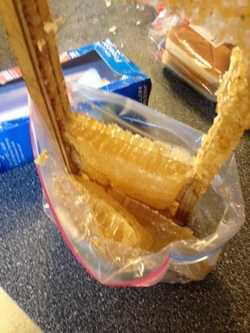
Once I brought it home, I cut out the comb with the thought that I would press it and take out the honey. I didn't want any comb honey right now.
So I thought, why not just cut it into a 1 gallon freezer bag and put it into hot water. The idea is that the honey would sink to the bottom. I could then snip the bottom of the bag and let the honey drain out, and deal with the wax later. Full gallery below.
Meltdown. Once it was in the hot water, I took a rubber band to tie off the top and make sure the honey settled into the corner of the bag. This also makes it a little easier to handle while the bag is in the hot water. | Into Hot Water. I put it into hot water. I had a pan that had a colander insert, which I thought would prevent any melting . |
It wont take long. Once the bag settled, it did not take long for the hot water to do its job. The honey and wax separated as planned! Probably took 5 - 10 minutes in the water.
Bath time. Once everything was melted, I took the bag out and immediately placed it into a bowl of cold water. This helps the wax to stay separated and makes handling easier.
I know some of you beekeepers out there, who are as frugal as I am, are probably saying to yourself: "Tim, you wasted a perfectly good plastic bag!" And you know, you are right. I will take the bags, put these in the freezer and dig out the wax later, then put them in the recycling bin.
Until next time, see you around the hive.
tim
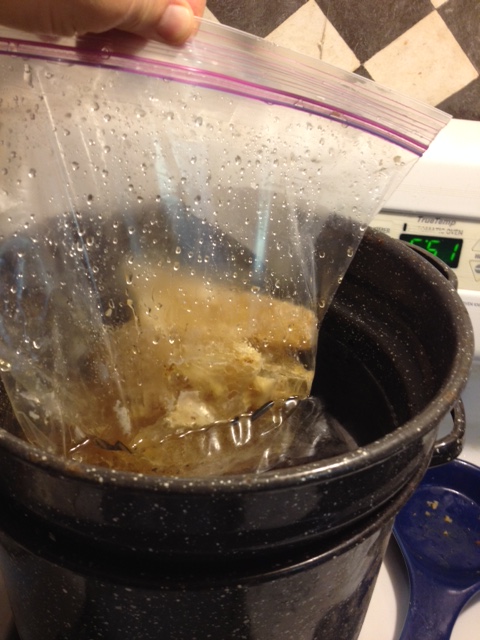
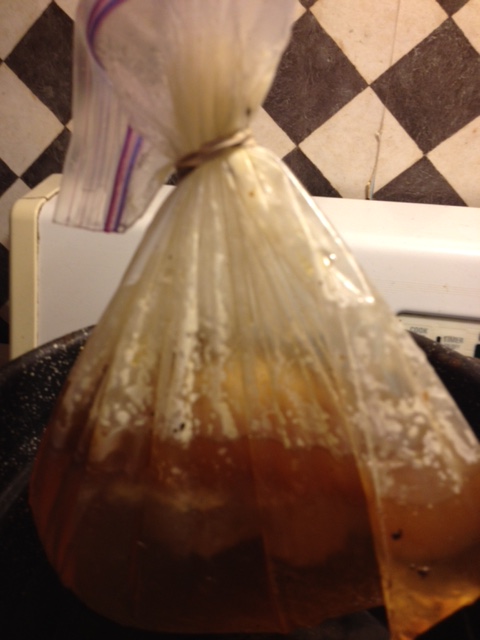
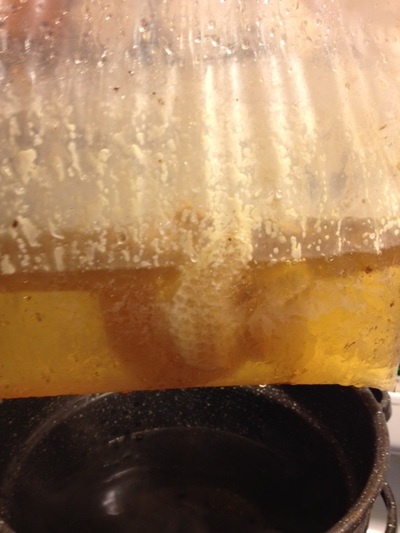
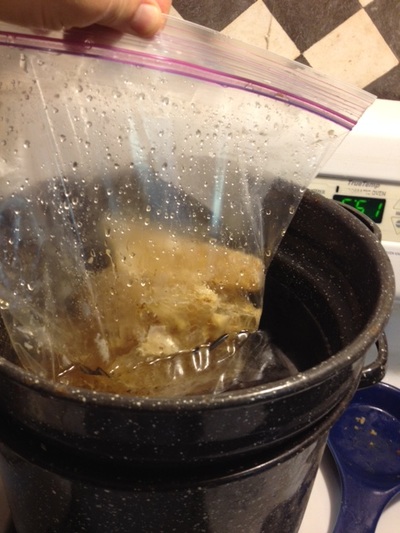

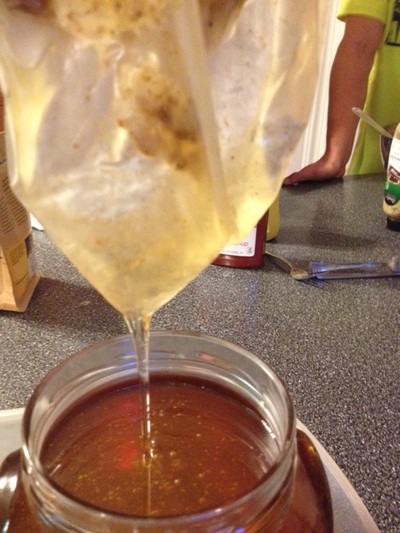
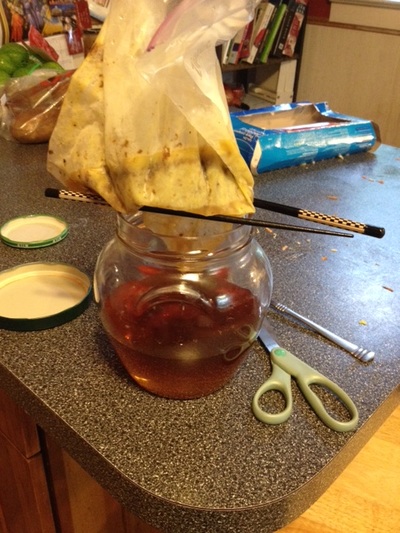

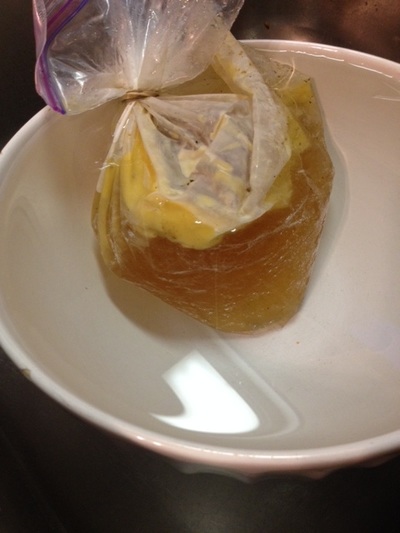
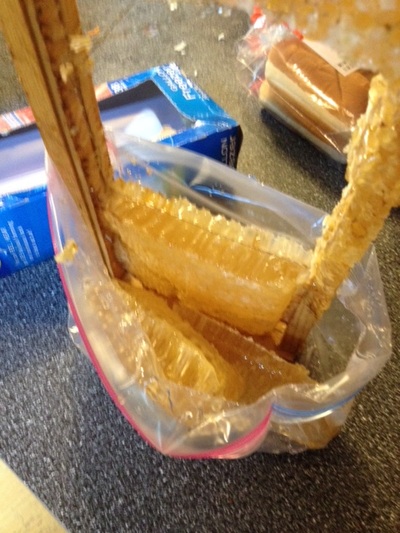

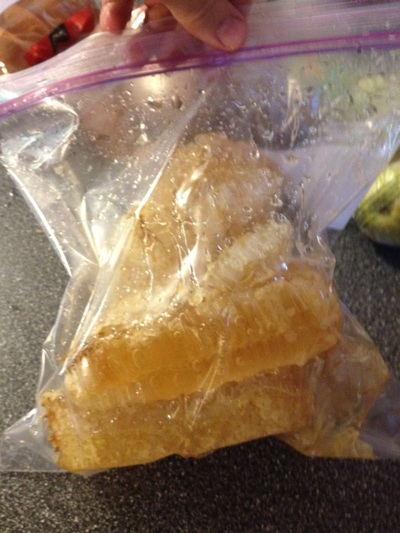

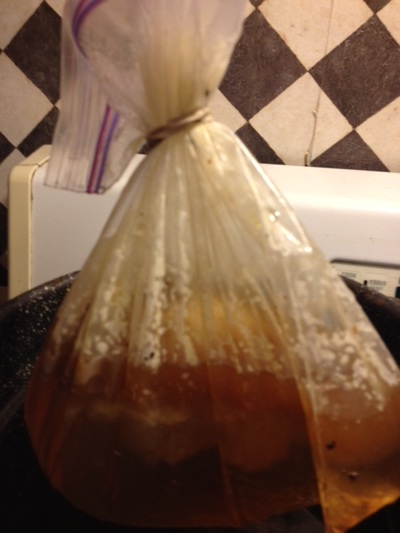
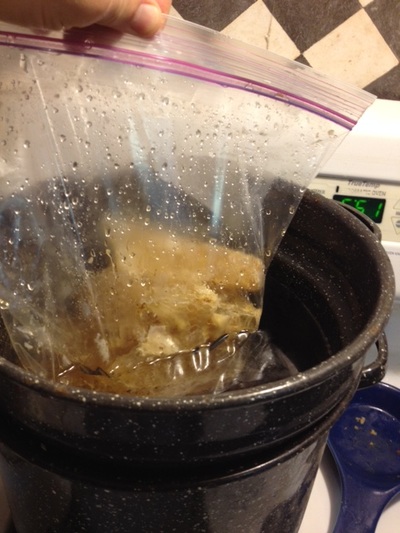





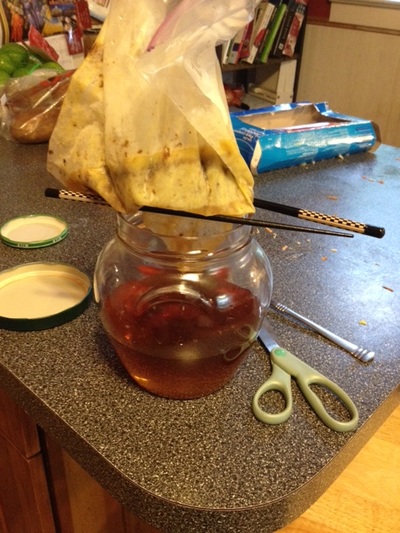
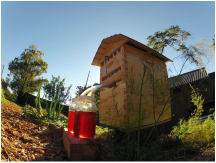

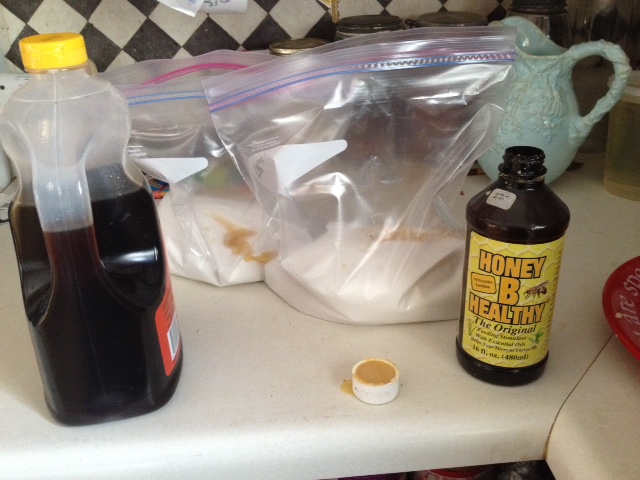
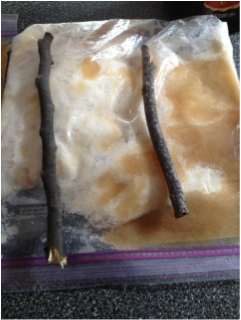


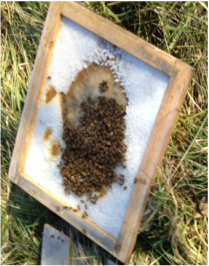
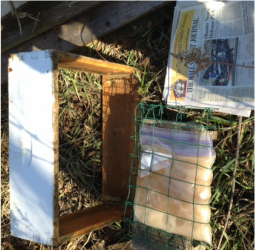




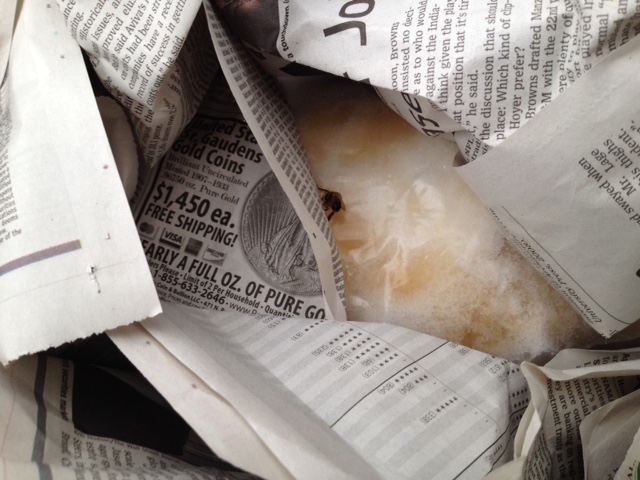
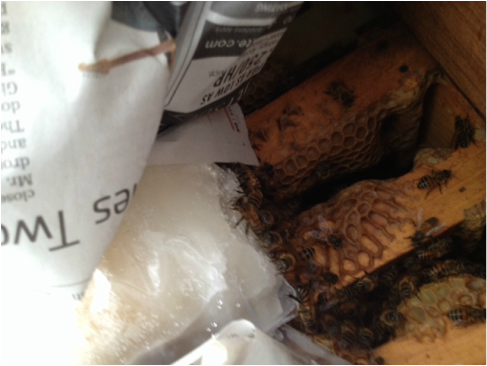




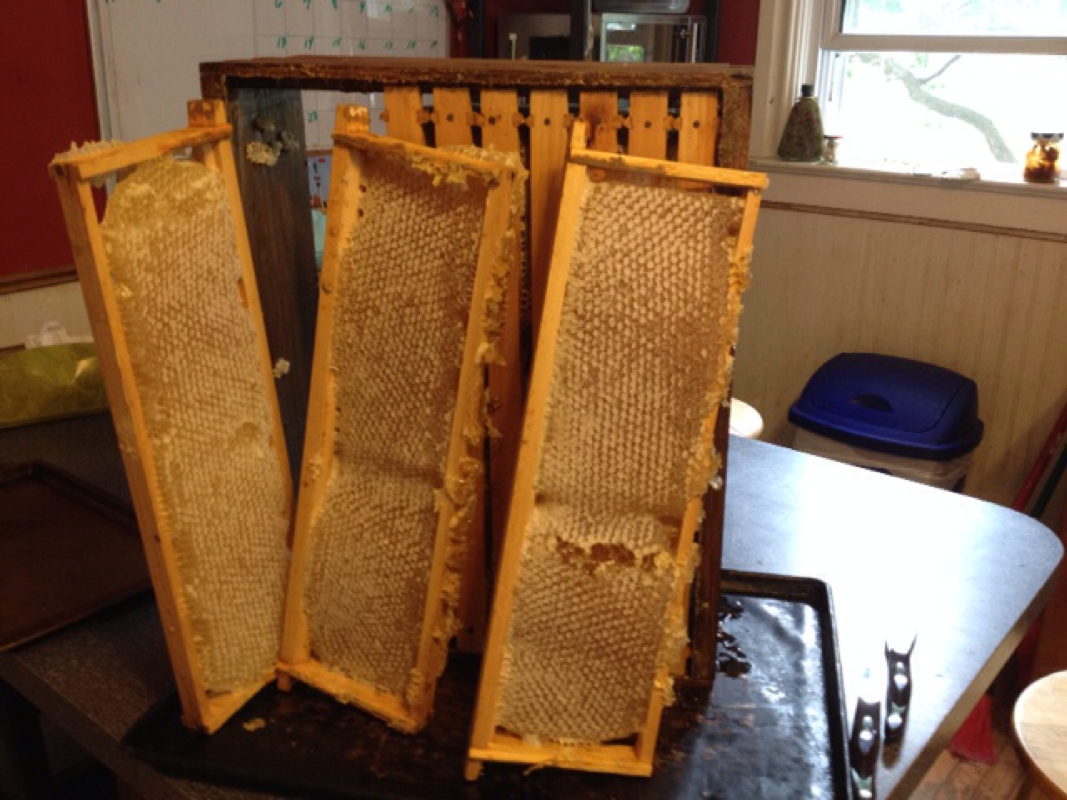
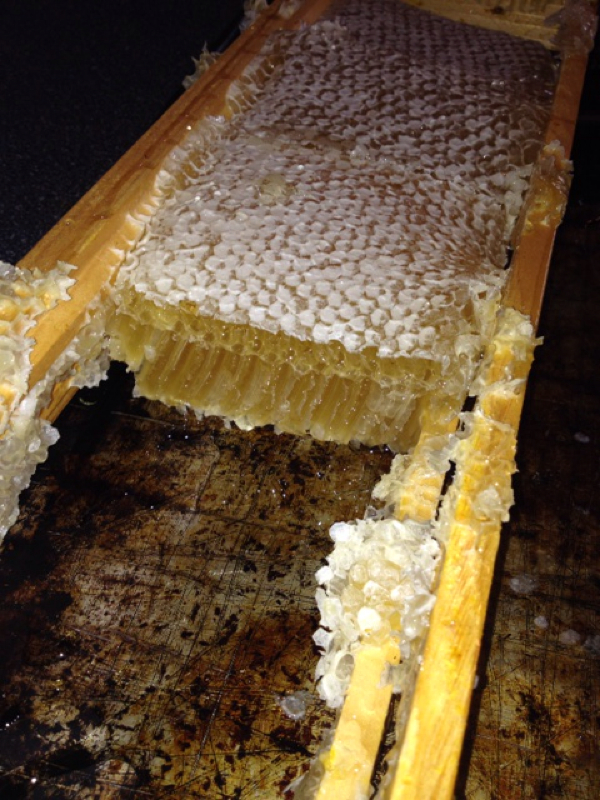
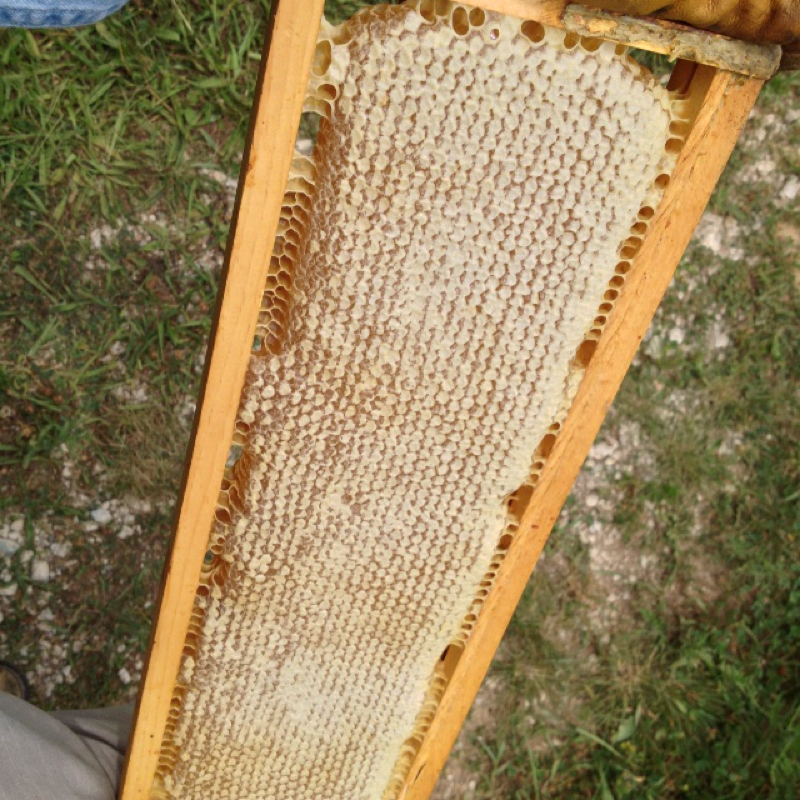
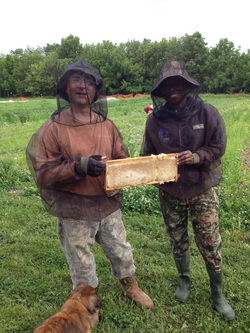
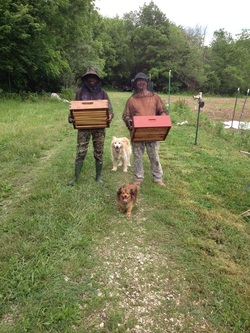
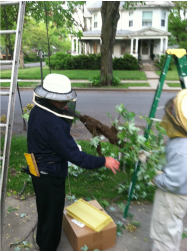
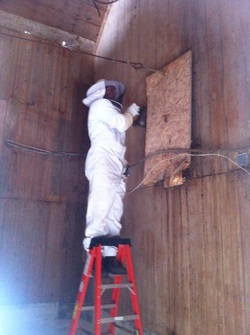
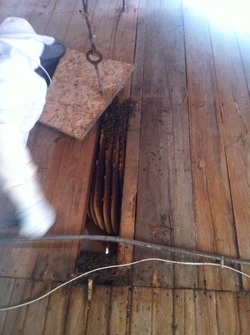




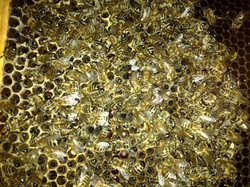
 RSS Feed
RSS Feed